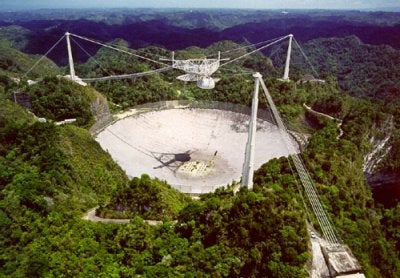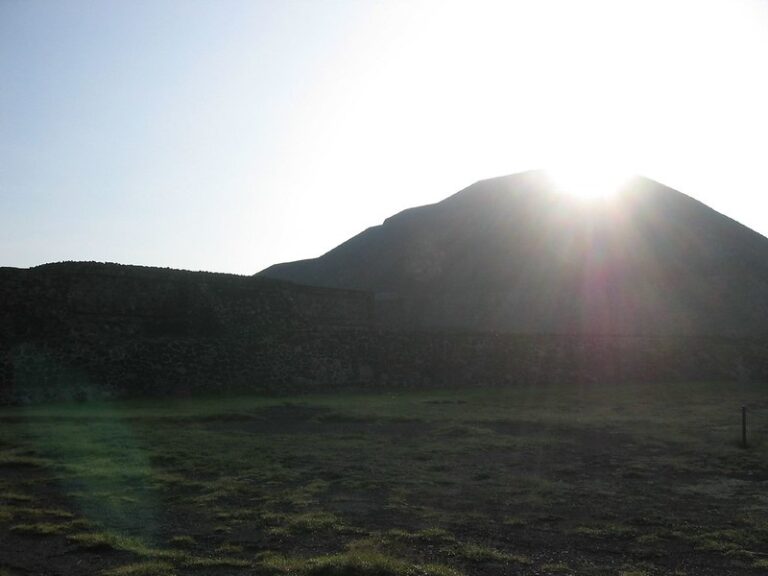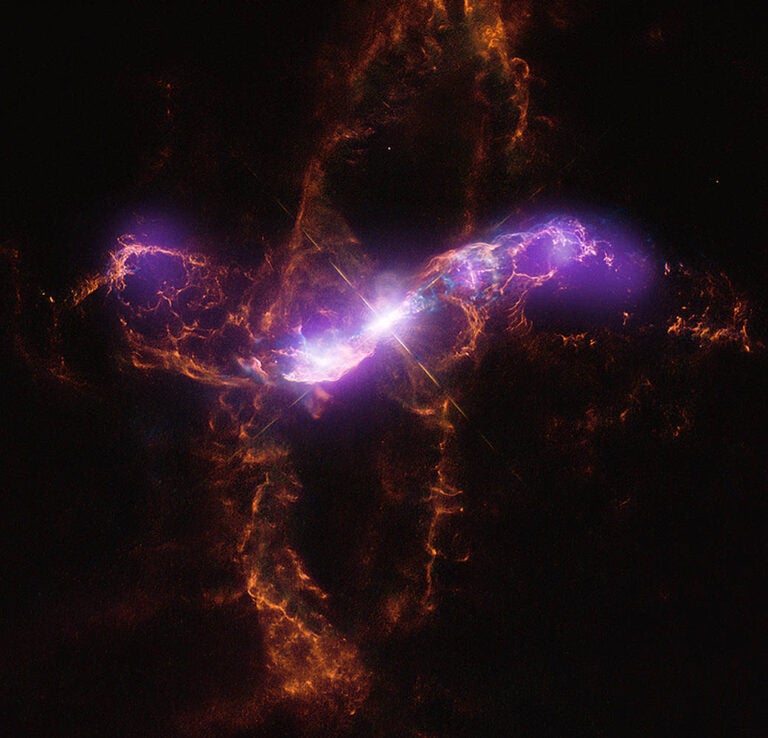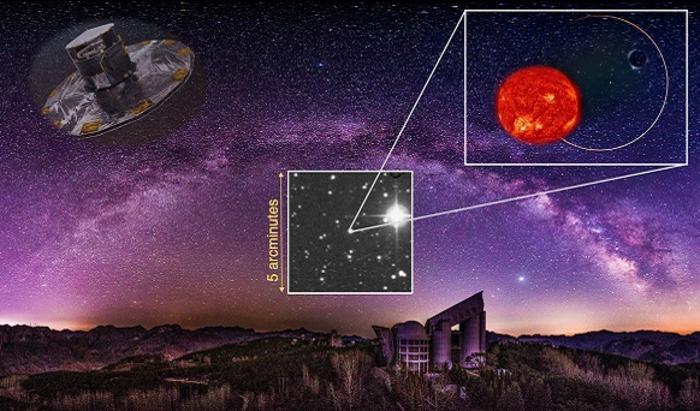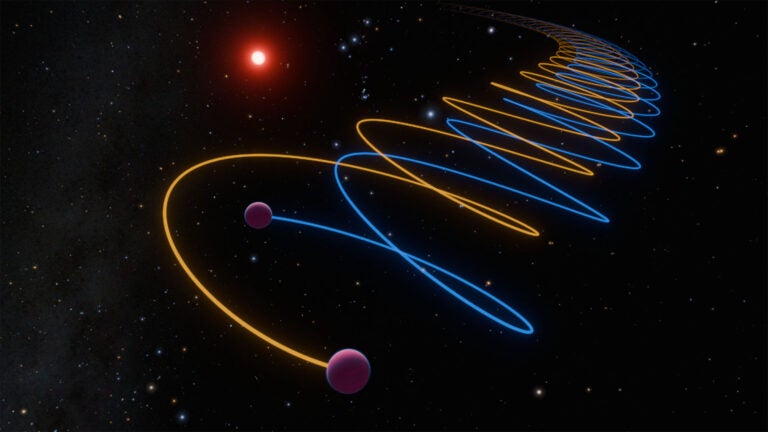Astronomers from Arecibo Observatory radio telescope in Arecibo, Puerto Rico, have detected for the first time the molecules methanimine and hydrogen cyanide, two ingredients that build life-forming amino acids, in a galaxy some 250 million light-years away.
“Just add water!” says Robert Minchin, an Arecibo astronomer on the project, who explained that methanimine and hydrogen cyanide are two of the basic ingredients of life, because when combined with water they form glycine, the simplest amino acid, a building block of life on Earth.
The Arecibo astronomers focused on the distant galaxy Arp 220, an ultra-luminous starburst galaxy, because it forms new stars at a very high rate. They used the 305-meter, or 1,000-foot diameter, Arecibo radio telescope, the world’s largest and most sensitive, to observe the galaxy at different frequencies. In fact, for the first time in April 2007, they used the 800 megahertz wide-band mode of the main spectrometer to make these detections.
These molecules were found by searching for radio emission at specific frequencies. Each chemical substance has its own unique radio frequency and astronomers can in that way identify the different substances, much like people can be identified with their unique fingerprints.
“We weren’t targeting any particular molecule, so we didn’t know what we were going to find. We just started searching, and what we found was incredibly exciting,” says Tapasi Ghosh, an Arecibo astronomer.
“The fact that we can observe these substances at such a vast distance means that there are huge amounts of them in Arp 220,” says Emmanuel Momjian, a former Arecibo astronomer, now at the National Radio Astronomy Observatory in Socorro, N.M. “It is indeed very intriguing to find that the ingredients of life appear in large quantities where new stars and planets are born.”

